Mystical Bagan
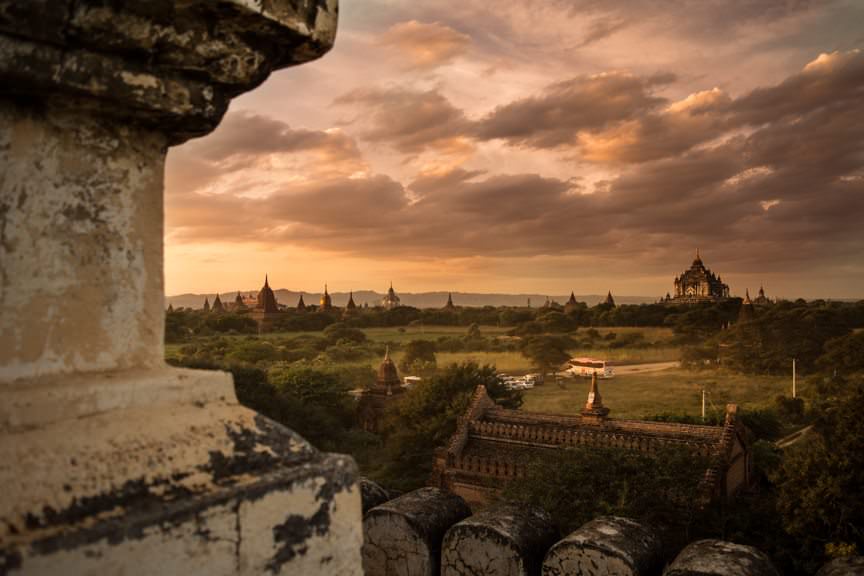
Saturday, November 28, 2015
Viking River Cruises’ Viking Mandalay sailed briefly this morning for two hours south from our overnight anchorage to Bagan, Myanmar. We were strongly encouraged to be up at 5:30 a.m. to see the hot air balloons flying over Bagan during our morning sail south, and I was not disappointed that I jumped out of bed to do so.
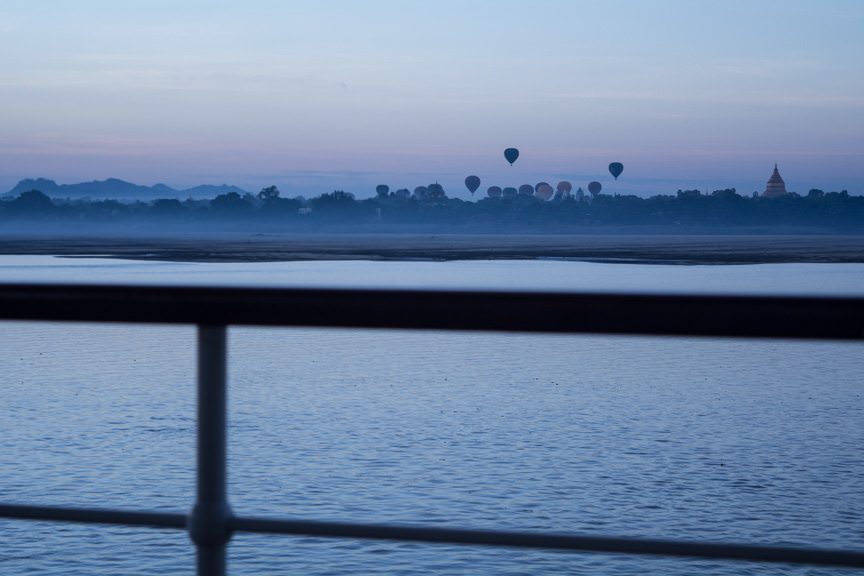
As the sun rose over Bagan, dozens of hot air balloons gradually took to the skies. I grabbed my camera and had the bar staff whip me up a cappuccino, and spent an enjoyable 90 minutes before breakfast at 7:00 a.m. watching the balloons ascend into the skies, largely silhouetted by the rising sun.
Most guests also awoke early, which created a nice, convivial atmosphere up on the Sun Deck. It was a striking way to begin the day, and another little sign that Viking – in conjunction with Pandaw – has planned this itinerary out thoughtfully.
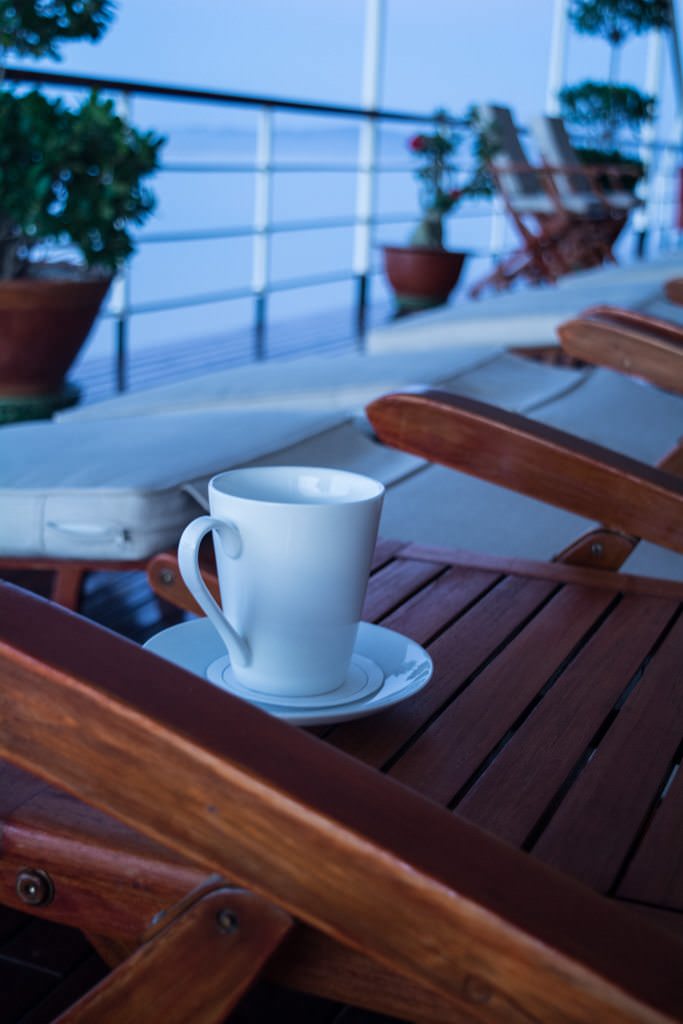
If you’re curious, Viking doesn’t offer the ability to book one of these balloon rides. Operators are few, and a ride can apparently cost up to US$400 per person. I don’t know the exact reason, but I’d guess that relatively lax safety standards of such rides probably makes the Viking’s lawyers nervous.
Bagan is one of Myanmar’s undisputed “must-see” sights. It attracts everyone from locals to backpackers to organized tourist groups that, on my visit, were predominantly made up by guests from France and Germany. It’s also the staple of every Irrawaddy river cruise itinerary, and today was even the site of a 100 kilometre marathon; though why you’d want to run a marathon in this heat is beyond me.
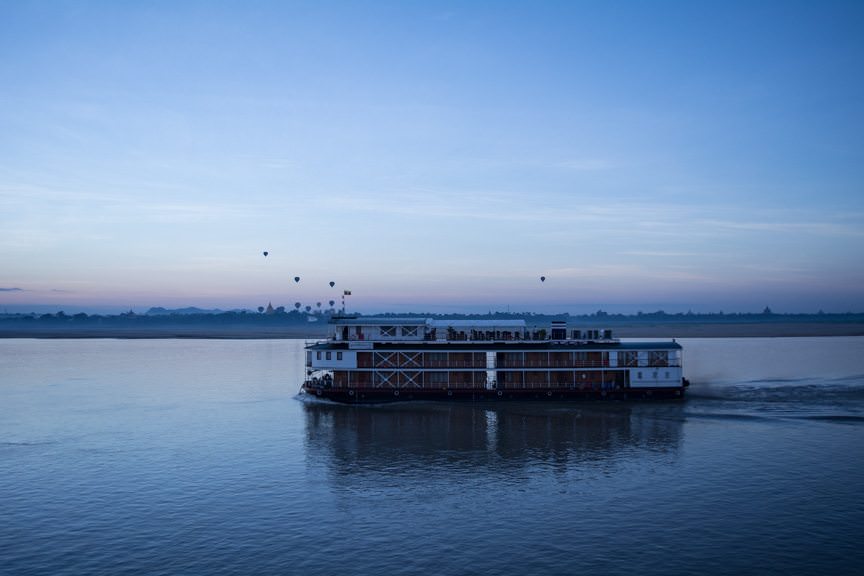
Bagan is made up of nearly 2,000 individual temples and stupas of all shapes and sizes, scattered across the landscape. Many of these are clustered close together; close enough that you can actually walk between them. Constructed largely over two centuries between 1050 and 1280, Bagan’s temples are to Myanmar what Angkor Wat is to Cambodia, or the Acropolis is to Athens.
Obviously, visiting all of the temples here is an impossibility. My Rouge Guide to Myanmar (Burma) guide book states that you could spend a full year here and still not manage to see everything that Bagan has to offer.
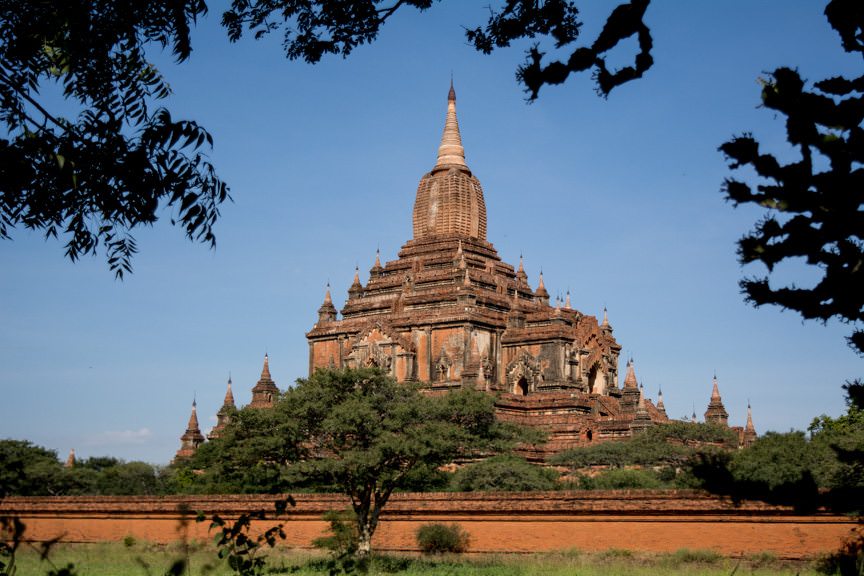
Entry to Bagan typically requires a $15 fee for foreigners, but Viking takes care of this for you, which makes visiting this mysterious area as easy as hopping on the bus. We visited some of the big-name temples during our day, including the massive Ananda Paya that was completed in 1090 for King Kyansittha. With four entrances instead of the more-customary one, its floorplan resembles that of a Greek cross inlaid in a square.
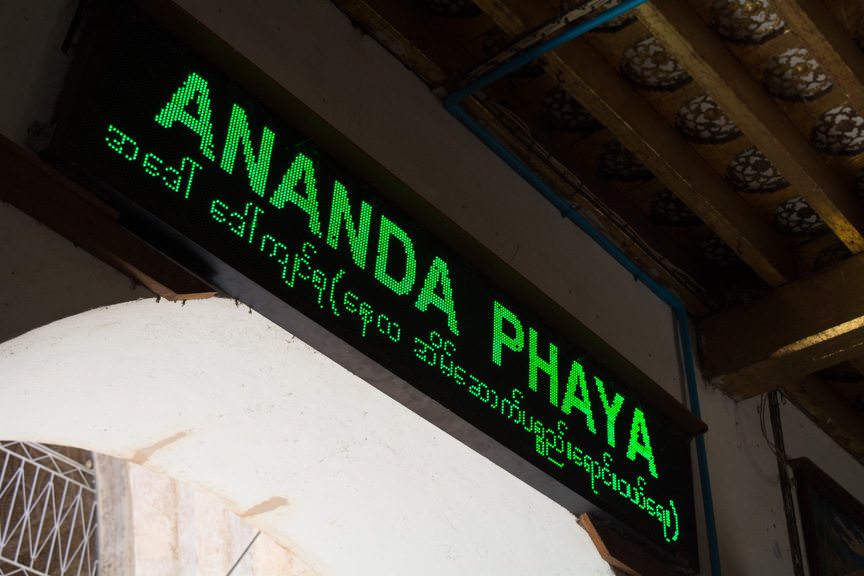
Each of the four entrances terminates with a different statue of Buddha that typically spans much of the height of the building, towering over those who come to pay their respects. Those on the north and the south sides are originals, while the east and west sides had to be re-created in the 1600s after a fire destroyed them. Be sure to pay attention to the south-facing Buddha; up-close, Buddha wears an expression of displeasure. But, when viewed from afar, Buddha appears to be smiling. It’s a thousand-year-old joke, etched in stone.
The difference between the tourist-heavy Bagan and the rest of the country is obvious. Expect to be harassed heavily by the local children, who will come out offering everything from postcards to books for sale, pulling them out of rucksacks and messenger bags they carry with them. They’ll follow you from the gangway to the coach. They’ll then get on scooters and vans driven by adults to follow the coach until it comes to a stop, and they’ll try again. They might be kids, but there’s nothing cute about it. While they’re certainly not aggressive as vendors in some countries (hello, Egypt!), they are indeed relentless – and the shtick gets old fast.
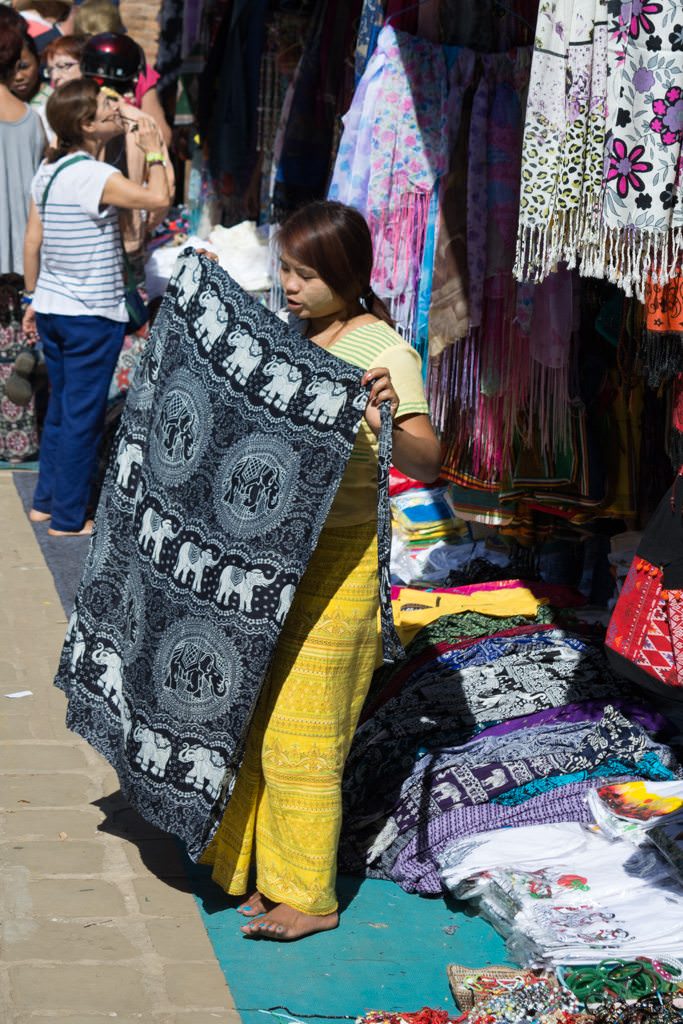
It’s exhausting, and it’s also manipulative. Of course, the adults aren’t out here hawking postcards; they’ll get their kids to go do that. A few kids had some luck selling postcards that look hand-drawn, until two guests realized they’d purchased the same “hand-drawn” postcard from two separate kids.
I find it hard to say no to kids, and here, you have to ignore them. If you acknowledge them, they’ll be on you like flies on you-know-what all day. Hey, you – rich man. Tall guy. Where you from? You speak English? My name is Lily. You buy from me? Very good price for you, Rich Man. You think about it. Think about it. I’ll see you later, okay? I’ll see you later. You think. My name is Lily.
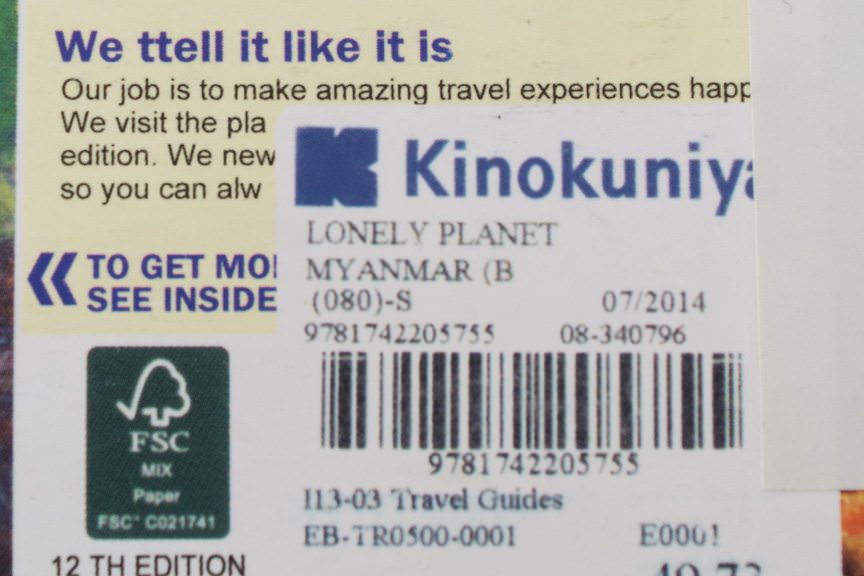
The innocent calls of “hello” and “how are you” from the other local kids we’ve met along our way is completely missing from Bagan; these kids aren’t naïve; they’re pros. One kid, though, got my attention when he offered me a copy of George Orwell’s Burmese Days for 5000 Kyat.
You might be wondering how a kid can sell a book for K5000 – about US$5 – and turn a profit. In fact, how can a book that retails for over US$30 be sold for five bucks, period? Well, I took a closer look, and here’s the unfortunate truth: Some – but not all – books are counterfeit.
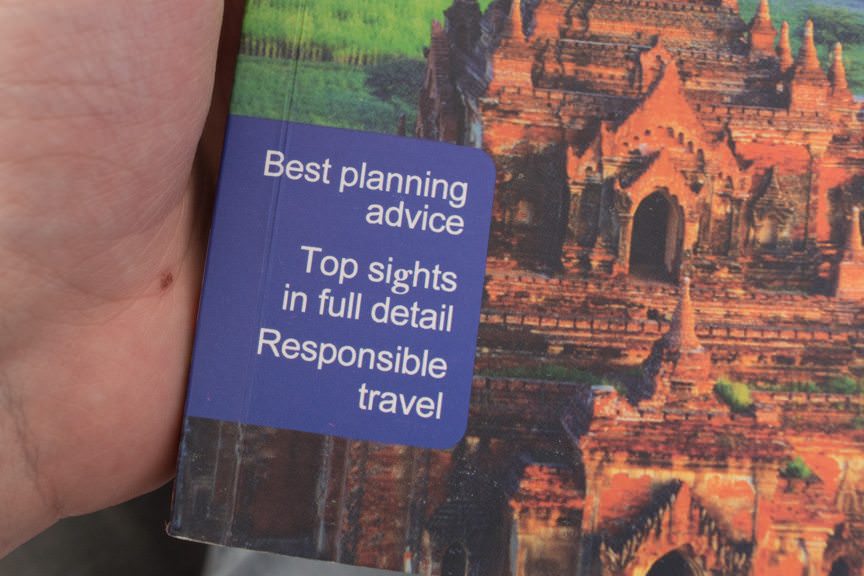
The most obvious example of this is the Lonely Planet Guide to Myanmar (Burma) that seems to pop up everywhere. Kids will offer to sell you the book for K5000, while the book seller at Ananda Paya wants K7000 for it.
On first inspection, it looks like the real deal: The cover has a matte finish, it’s properly bound, and all of the pages are there. Even the inside cover flaps have been faithfully reproduced. But a quick look at the back cover reveals a sticker from a book seller in Thailand over the barcode. Only it’s not a sticker. This “sticker” is embedded into the graphic, meaning someone has scanned the cover into the computer and printed it out.
The back cover also contains some obvious spelling mistakes, and a look at the front cover reveals a Times New Roman “g” where a font without serifs should be used.
Inside, pictures and maps are blurry and out-of-focus, and the text has clearly been run off on an inkjet printer. It’s a professional counterfeit in that all the pages are there and it’s passably well-done, but some pages aren’t cut properly, and certain maps and text are distorted and offset. Some of the text – particularly on the history of Burma – also shows evidence of being re-written in a different font or excised altogether.
This appalled me. I’ve written two books now, and let me tell you, unless you’re Stephen King, authors don’t make a heck of a lot of money. But the idea that people are counterfeiting guidebooks to Burma and having children sell them disgusts me, because of course that kid isn’t getting that K5000; most of that money has to go to whomever or whatever made this reproduction in the first place.
Now, not all books in Myanmar are counterfeit. From what I could tell, all of the Lonely Planet ones I saw were counterfeit, and a few of the Penguin Classics titles by George Orwell are obvious reproductions. Every 5-year-old kid is hawking copies of Burmese Days. I did buy one book from the Ananda Paya bookseller, and I looked it over with a suspicious eye until I was satisfied it was authentic. But, as I bought it for K7000 from a street seller and have essentially no idea where it came from, I could be just as bad as the guy buying the counterfeit Lonely Planet. Buyer beware.
This evening, our day in Bagan culminated with sunset viewed from the incredible (and vaguely Mayan-looking) Shwesandaw Pagoda. Meaning “The Golden Sacred Hair Relic,” Shwesandaw was constructed around 1057 and features an external shape that’s remarkably similar to that of Chichen Itza in Mexico.
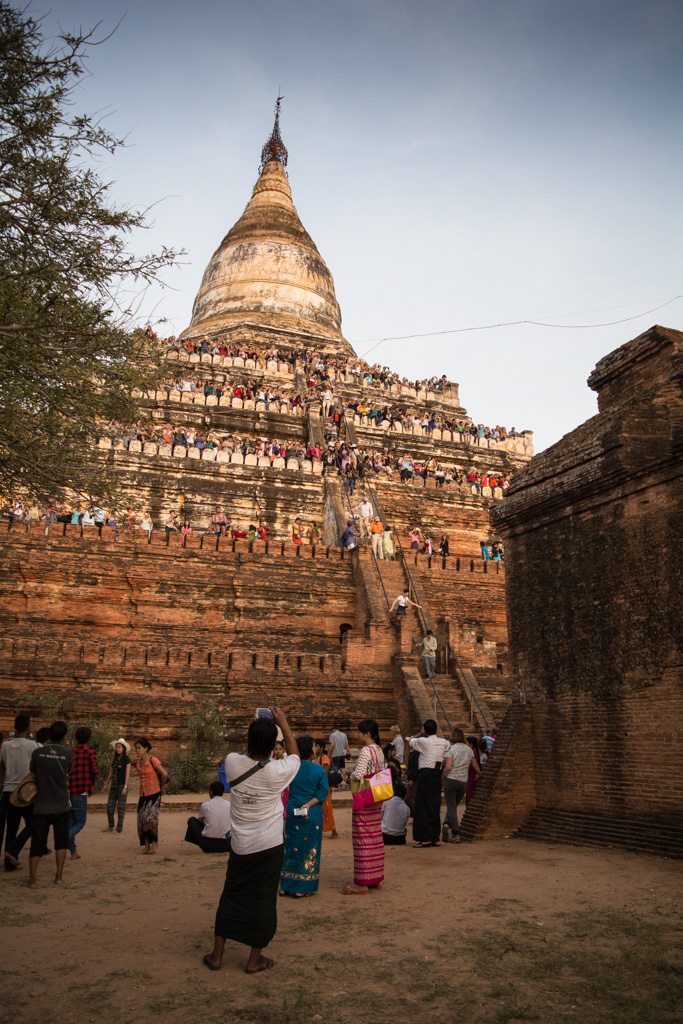
Four separate terraces provide amazing views of the setting sun over the temples of Bagan, with the uppermost terrace being the most popular but also offering the least amount of space due to the Pagoda’s pyramid-style construction.
The views are amazing – but of course, you have to get up to these terraces! This requires climbing, barefoot (you’re at a Buddhist temple, after all), up one of four separate staircases, each located on a different face of the Shwesandaw Pagoda.
Everyone seems to climb up the western-face, as it is the most floodlit by the setting sun. Our Viking Program Director Andrew, however, smartly took us to the shaded, east-facing side to ascend. He also cautioned us to stay on the second level and to not ascend to the upper two unless we felt confident.
When Viking says this itinerary isn’t suited to those with mobility issues, they aren’t kidding. I’m in good shape and had to use both hands, one over the other, to successfully ascend the steep, shallow steps of the Shwesandaw Pagoda. I did make it all the way to the top, though I found the crush of the crowds up there were too much for me, and I descended one level to photograph the Pagoda and its environs from a more serene vantage point.
Sunset was amazing, but it was the views over the rest of the valley – not the backlit sunset on the western side – that I found most fascinating. I also made the on-the-spot decision to start climbing down before the sun fully set to avoid the crush of people trying to descend the steep staircases; this turned out to be a good decision. These aren’t the kind of stairs you want to ascend in total darkness!
In all, today was another day of sensory overload here in Myanmar. The temples are astonishing, but I wonder how long it will take for Bagan to suffer from the same rampant commercialisation that affects places like Chichen Itza and Ephesus in Turkey. Certainly, the days of climbing the Shwesandaw Pagoda have got to be numbered; you only have to look as far as Mexico to see that all it takes is a few tourists going end-over-end down the stairs of Chichen Itza to rope off the entire complex.
The time to come to Myanmar is now – and it’s a real treat to be able to see this unspoiled place, responsibly, with Viking.
Viking Mandalay - Myanmar Explorer
| DAY | PORT |
|---|---|
| Day 1 | Bangkok, Thailand |
| Day 2 | Bangkok, Thailand |
| Day 3 | Yangon, Myanmar |
| Day 4 | Yangon, Myanmar and Shwedagon Pagoda |
| Day 5 | Inle Lake, Myanmar |
| Day 6 | Inle Lake, Myanmar |
| Day 7 | Mandalay, Myanmar; Embark Viking Mandalay |
| Day 8 | Mandalay, Myanmar & the U Bein Bridge |
| Day 9 | Ohn Ne Choung, Myanmar |
| Day 10 | Bagan, Myanmar |
| Day 11 | Salay, Myanmar |
| Day 12 | Yandabo, Myanmar |
| Day 13 | Myint Mu, Myanmar |
Our Live Voyage Report from Viking River Cruises’ Myanmar Explorer continues tomorrow with another day of exploration along the Irrawaddy River! Be sure to follow along with our adventures on Twitter @deckchairblog.


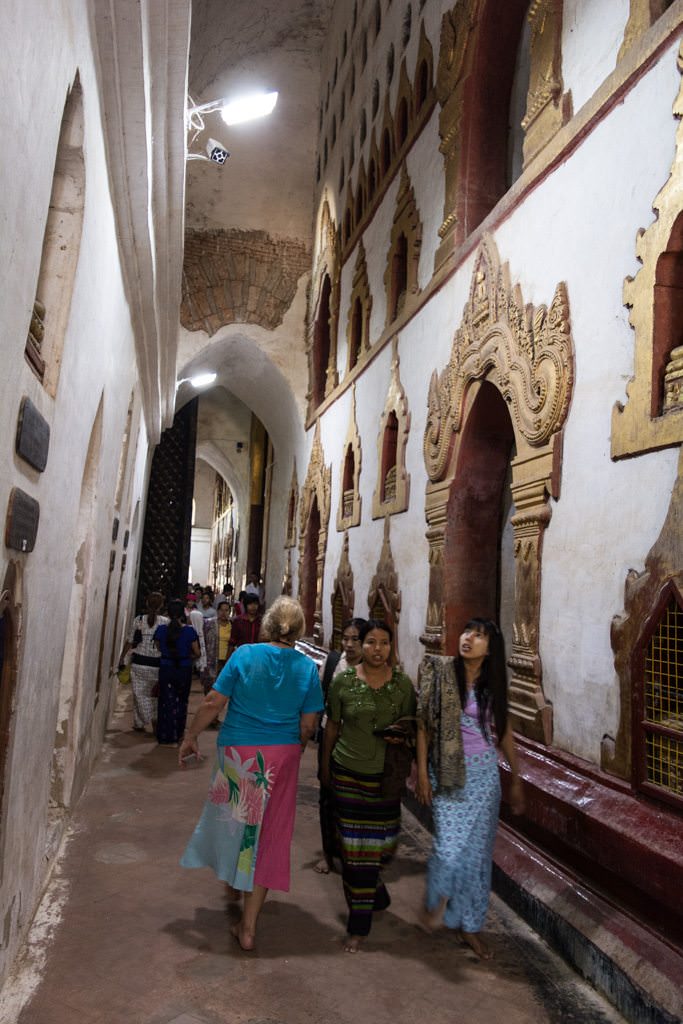
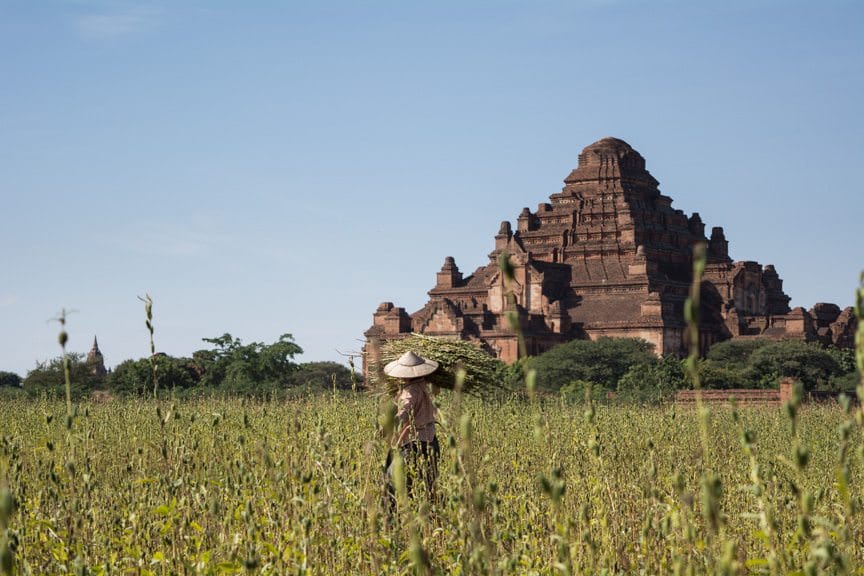
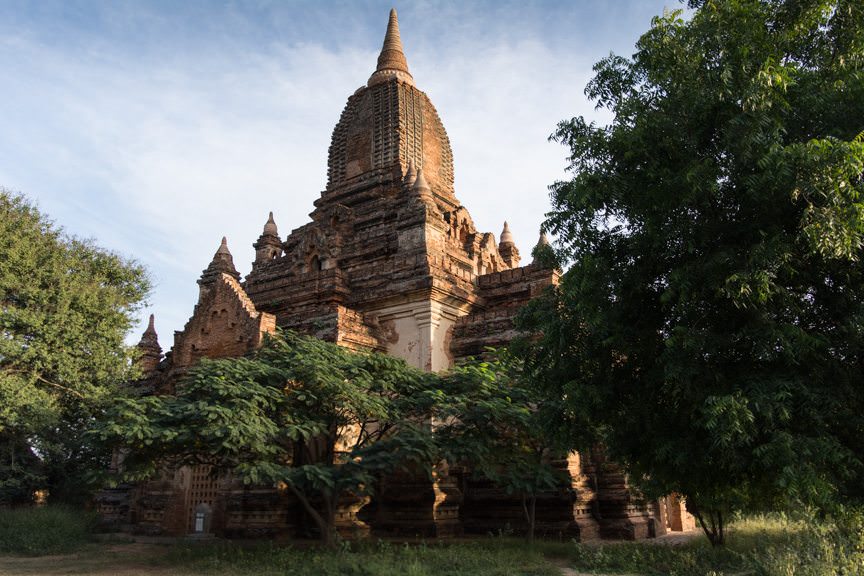
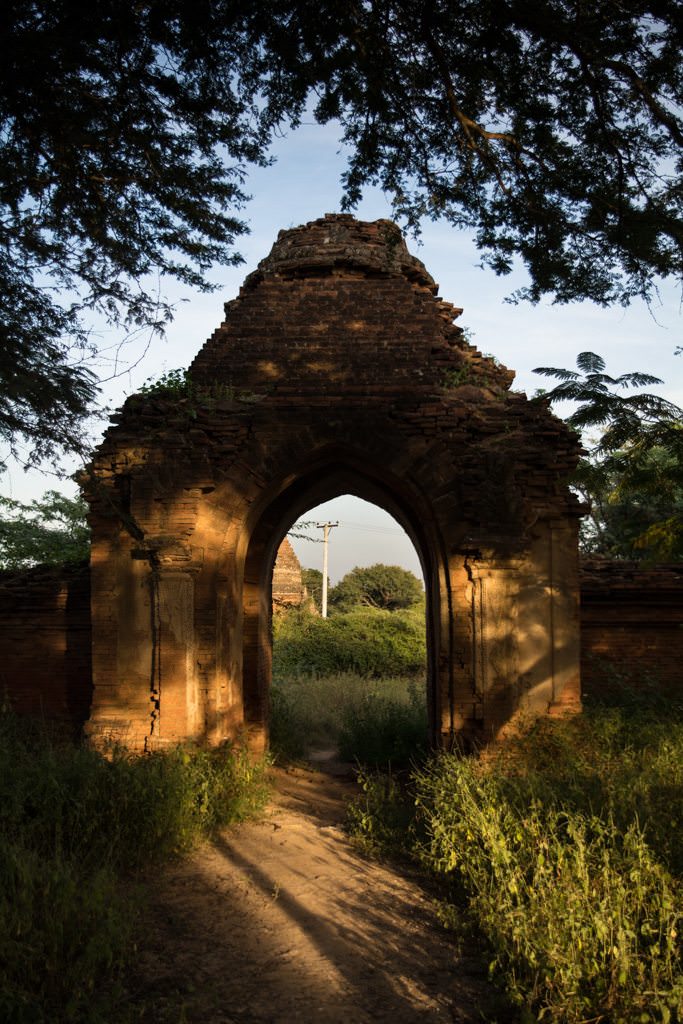
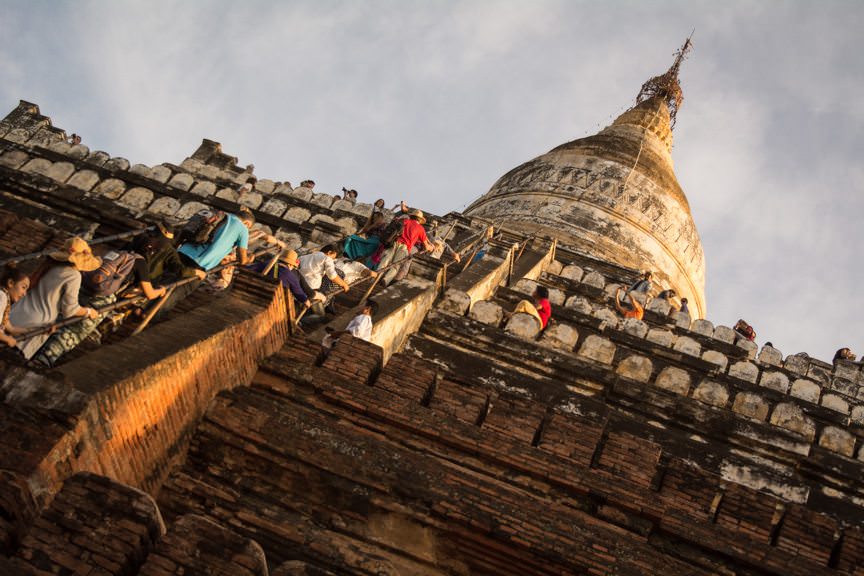
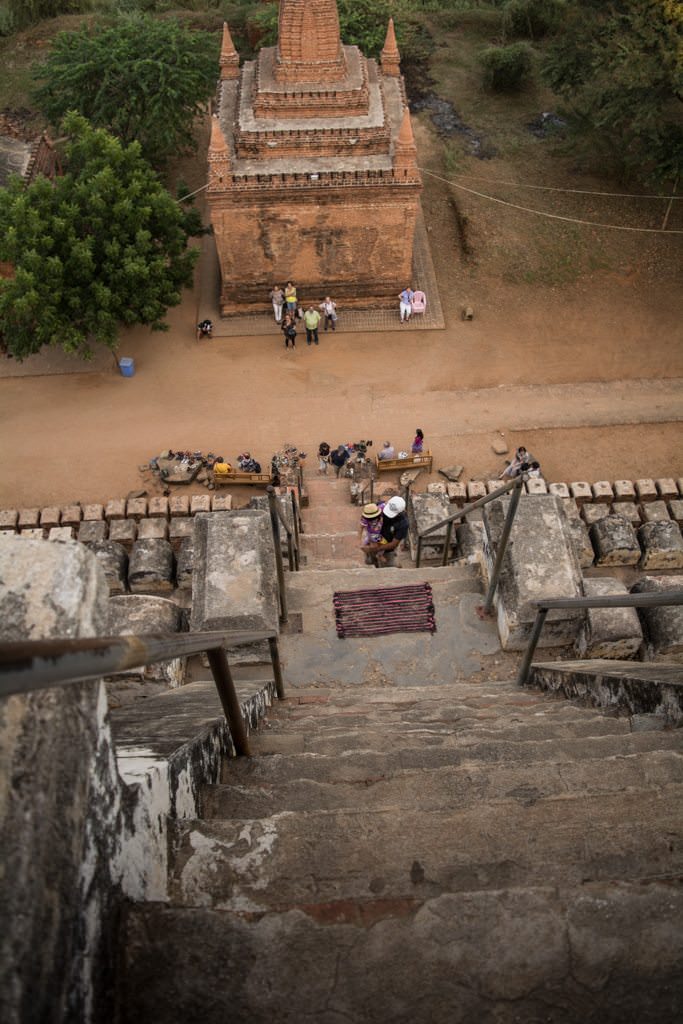
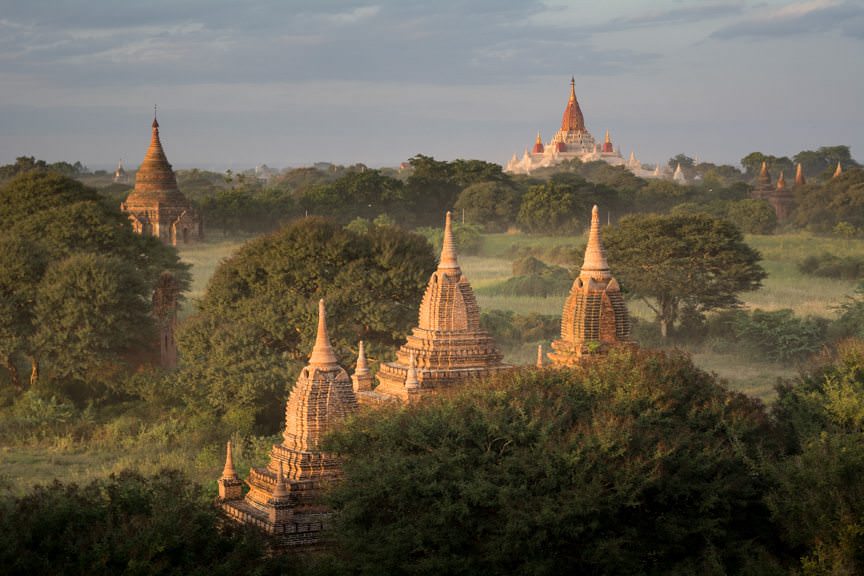
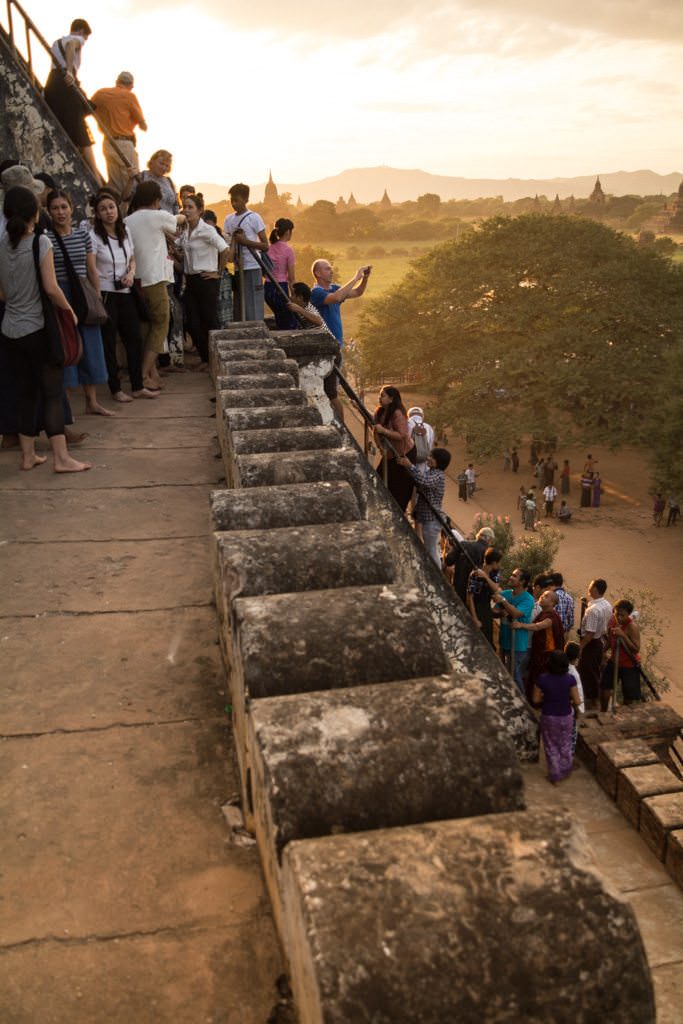
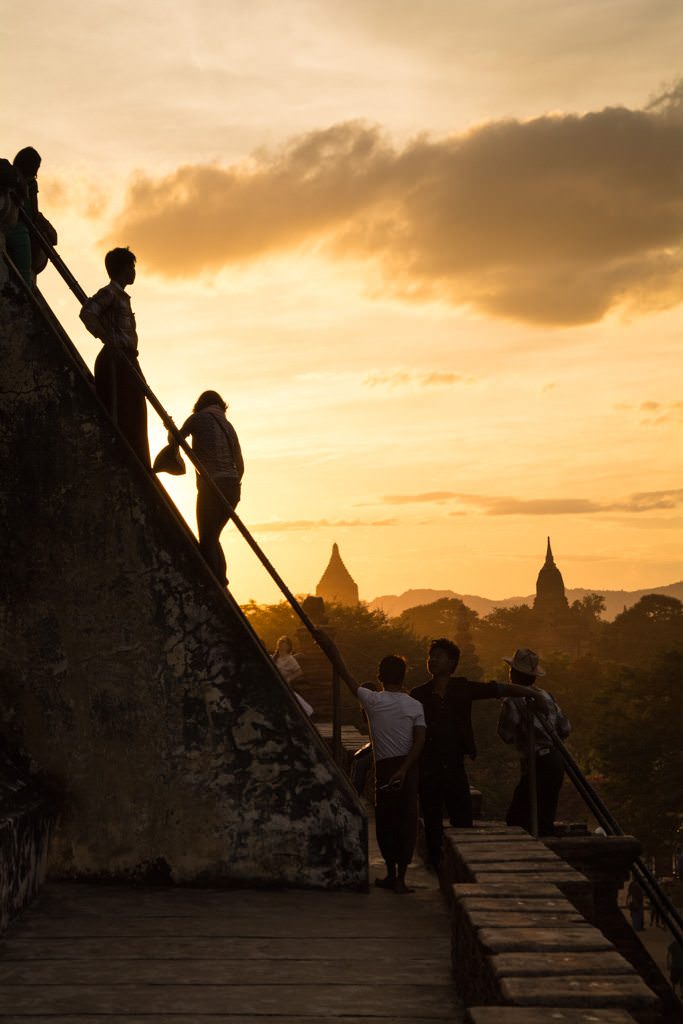

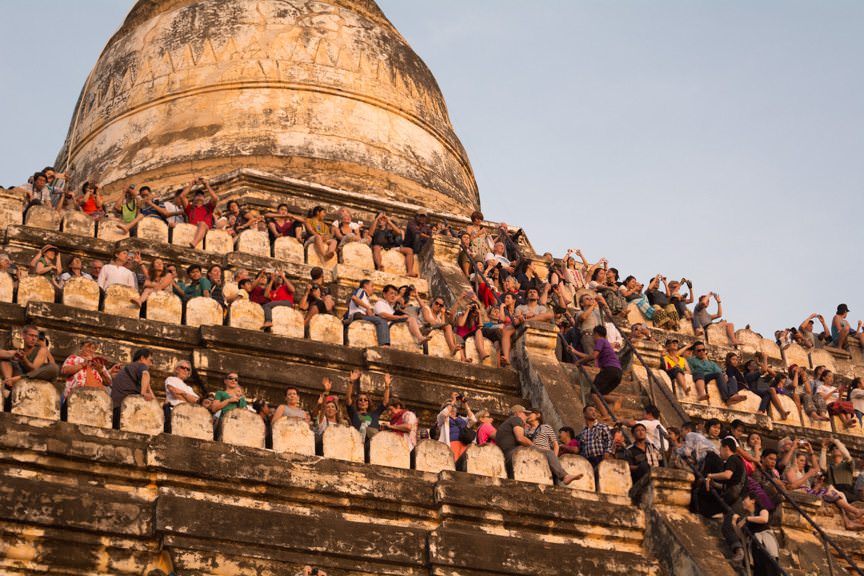
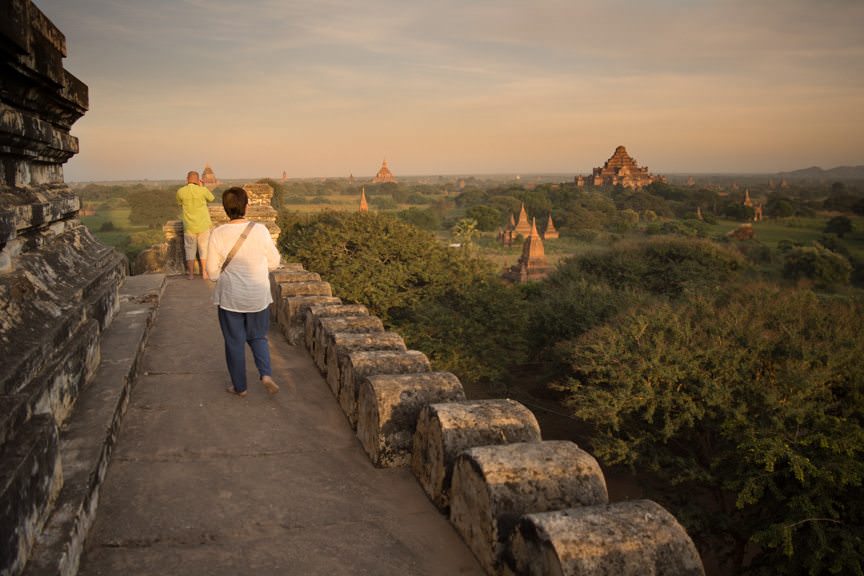

You were lucky to have the air so clear. We weren’t.